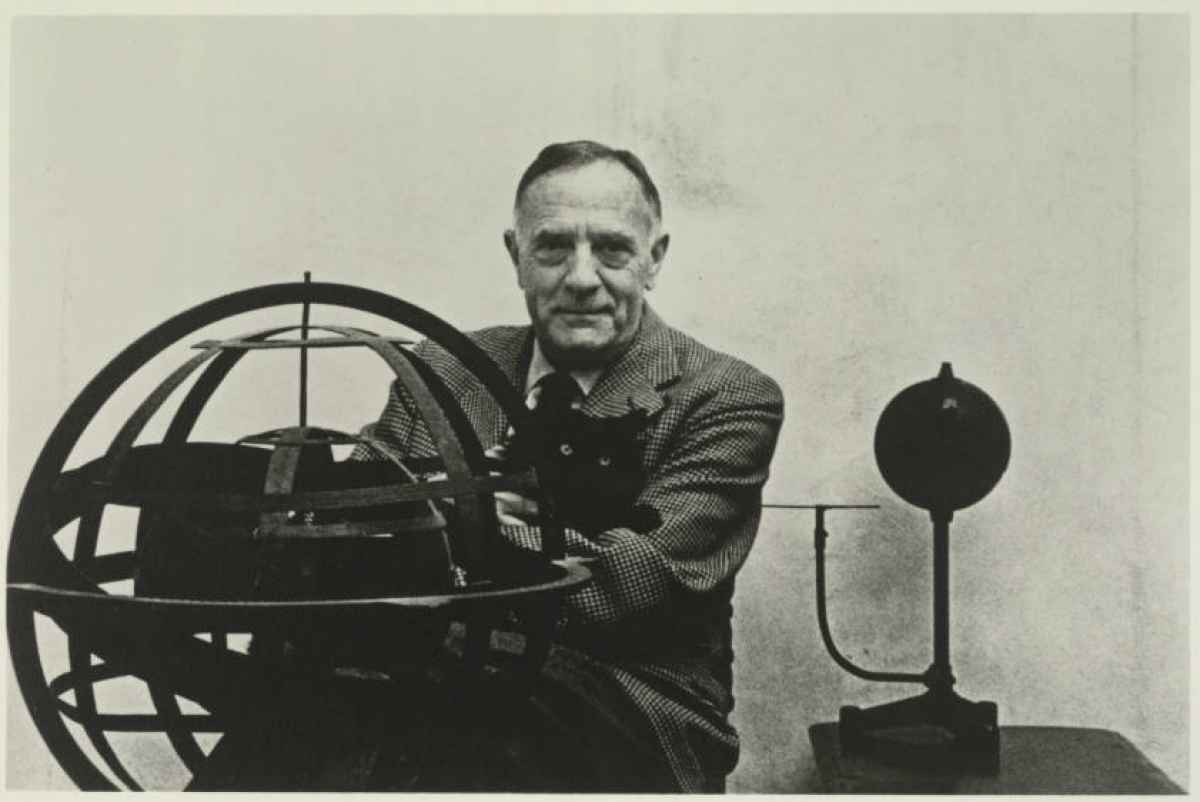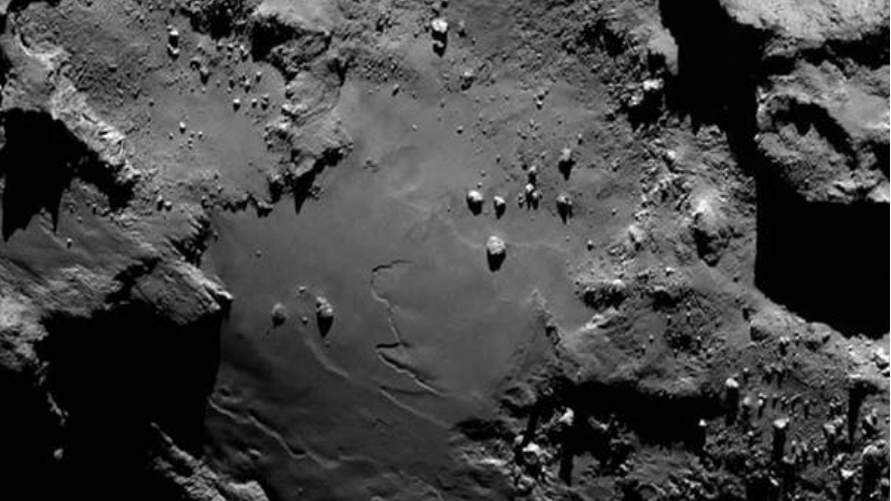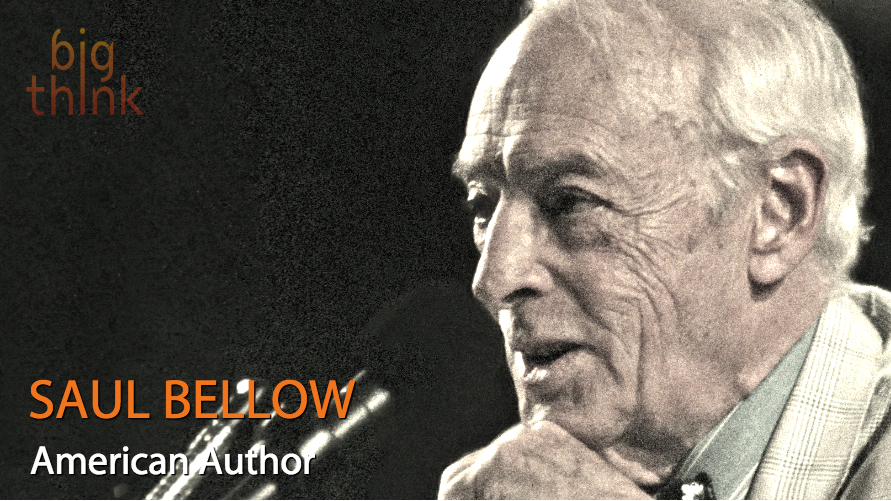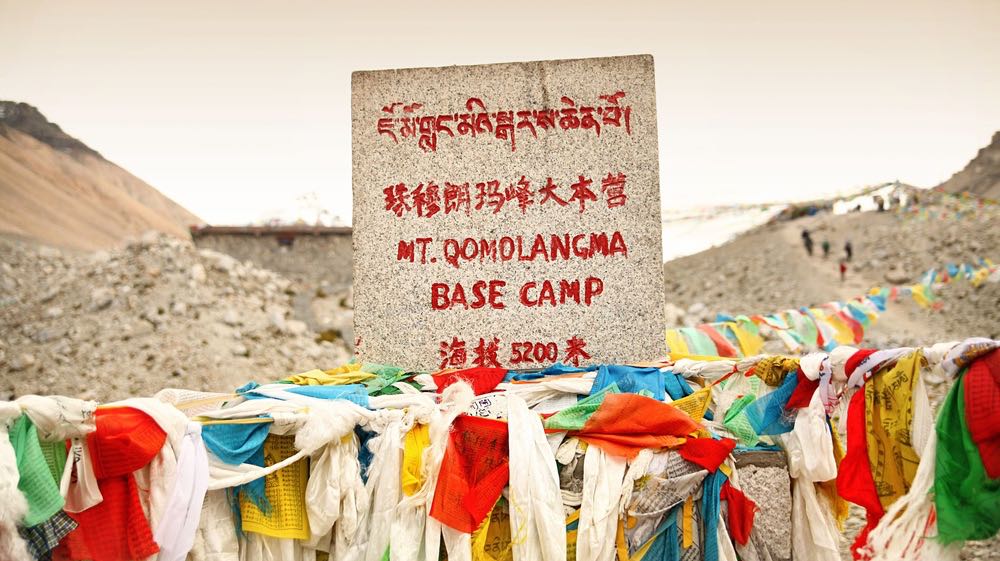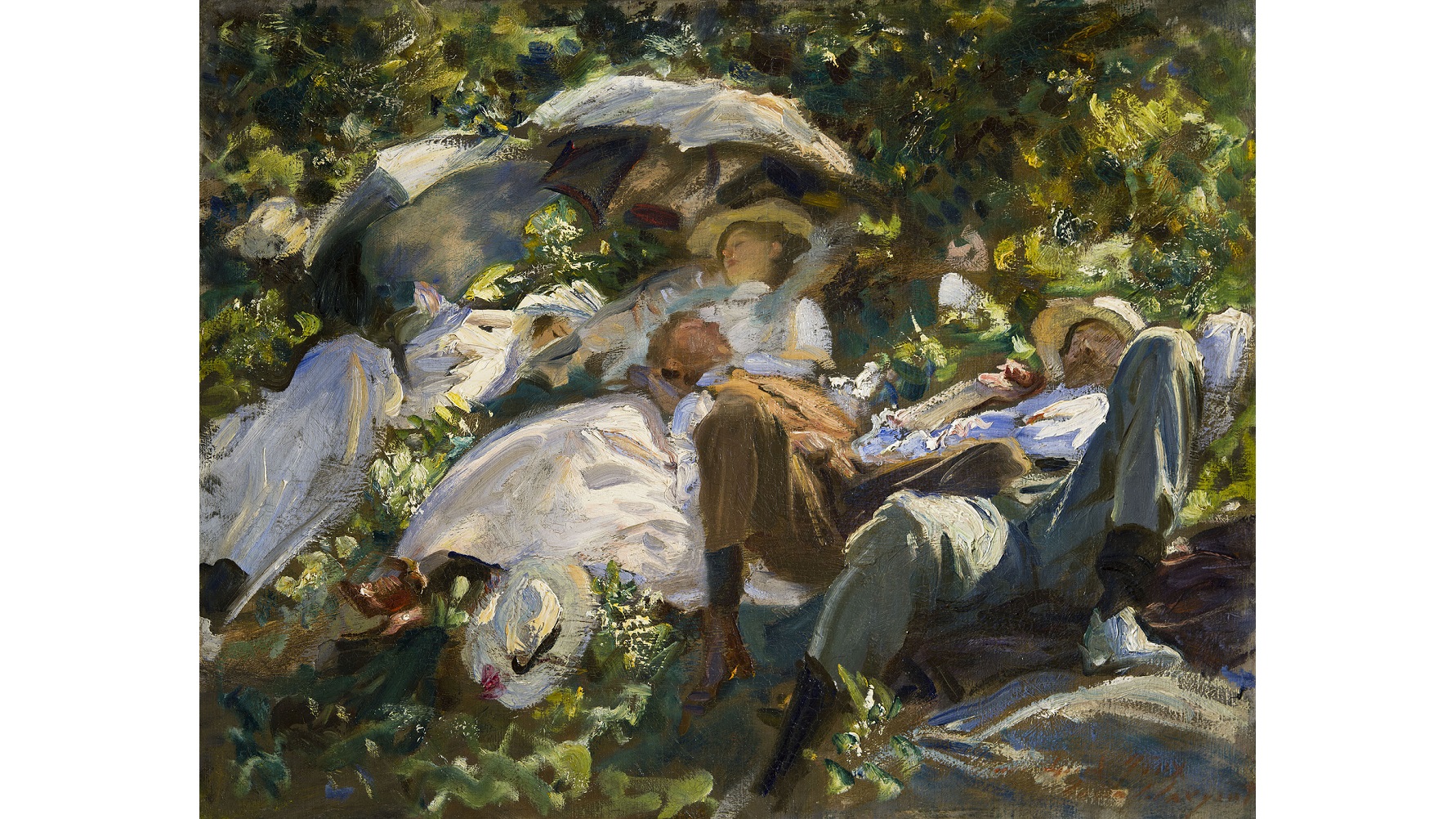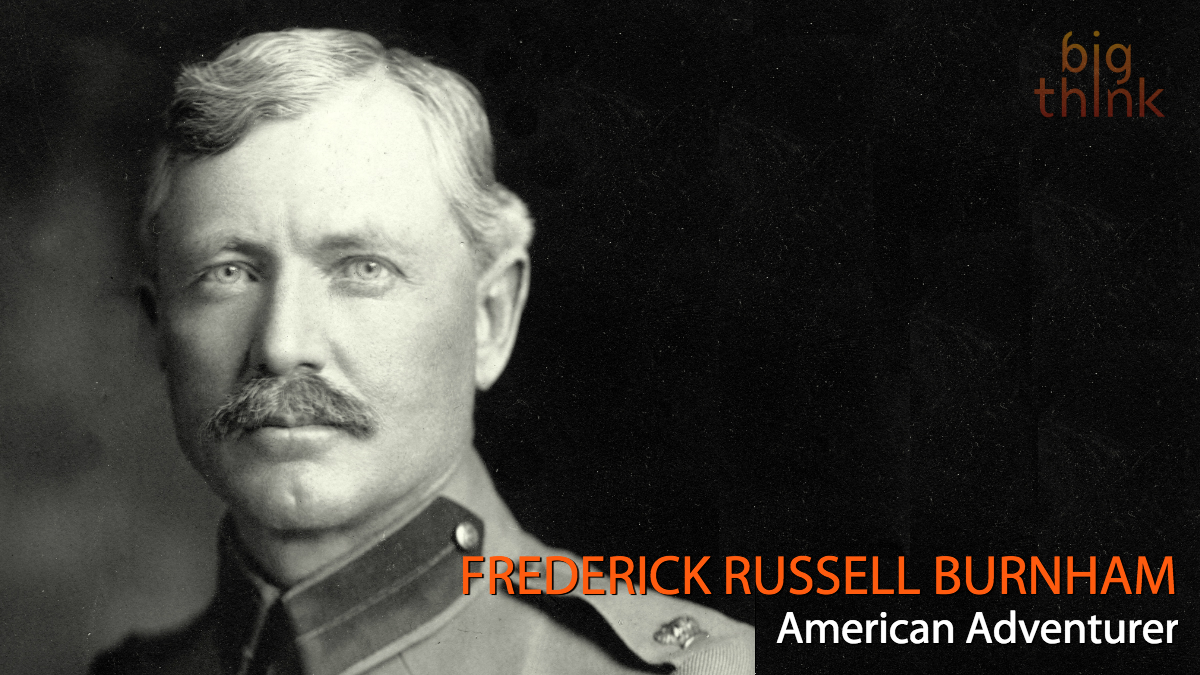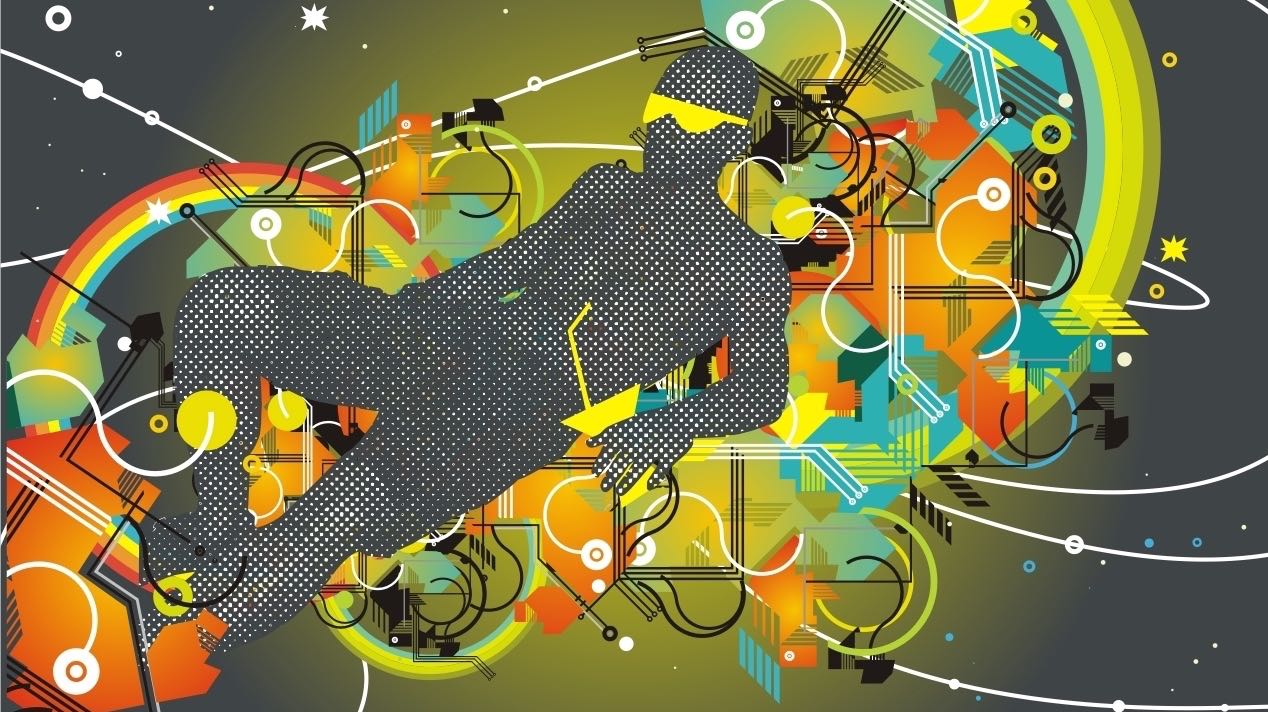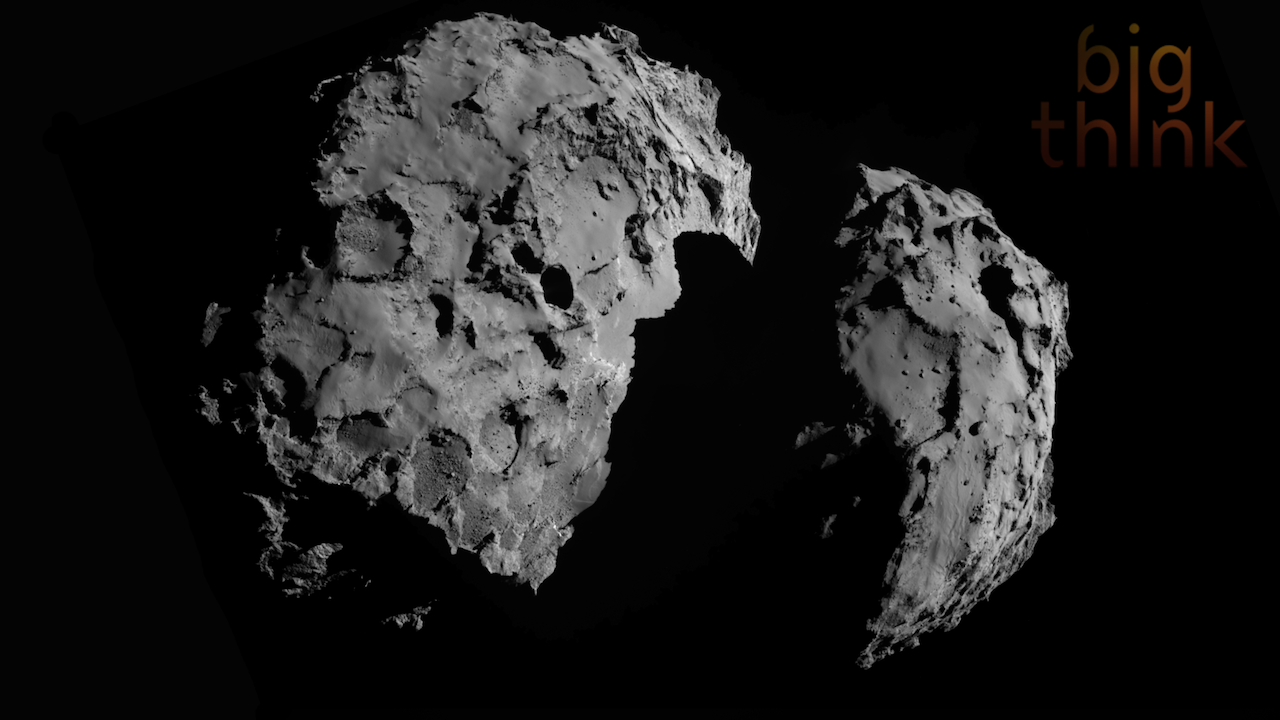Happy Birthday To The Person Who Literally Brought Us The Entire Universe “Equipped with his five senses, man explores the universe around him and calls the adventure Science.” –Edwin Hubble As […]
Search Results
You searched for: Adventure
Locate any of the 57 trillion three-by-three-metre squares on Earth with just three words.
Let’s first cut carbon emissions that don’t make positive returns on human happiness.
Technological advancements will eventually make scarcity a non-issue. But will the people driving these developments allow everyone to enjoy it?
Bill Nye said the Rosetta mission would lead to amazing discoveries we hadn’t yet even thought of. He might have been more right than he imagined.
Hollywood producer Brian Grazer extols the many benefits of satiating curiosity by meeting extraordinary people and learning what makes them extraordinary.
▸
3 min
—
with
Twenty-one strangers with different values and views, thrown together on a Grand Canyon rafting trip, managed to set aside those differences and build community.
But I use that term loosely.
Gene Roddenberry would have celebrated his 95th birthday today. Many of his ideas have become reality, but some never will. “‘Star Trek’ says that it has not all happened, it […]
“No ruler is ever really dethroned by his subjects. No hand but his own ever takes the crown from his head. … When he ceases to lead … the revolt which casts him from power is only the outward manifestation of his previous abdication.”
Sir Richard Francis Burton, famed 19th century explorer, on world religions: “The more I study religions the more I am convinced that man never worshipped anything but himself.”
South Korean researchers are serious (and seriously working hard) to bring the woolly mammoth back to life using cloning techniques that have already produced identical copies of dogs, cows, and, famously, Dolly the sheep.
Intuition and improvisation are not opposites. They are cousins. One must take an intellectual approach to an adventurous exploration of the unknown.
▸
2 min
—
with
Google’s Project Oxygen recently vindicated those who refute the claim that managers don’t matter. Now the search giant’s researchers want to dive deeper and explore the building blocks of team chemistry.
Or if it were perfectly smooth, instead, could we have still had stars and galaxies by today? “First, you should check out my house. It’s, like, kinda lame, but way […]
“I discovered that rejections are not altogether a bad thing. They teach a writer to rely on his own judgment and to say in his heart of hearts, ‘To hell with you.'”
The short answer is “you can’t,” at least in most regards. But there are ways to hone your customer’s unique experience and keep them buying directly from you.
Everest is presenting a new challenge to man: how to dispose of human feces on the world’s tallest mountain.
The standard line against painter John Singer Sargent goes like this: a very good painter of incredible technique, but little substance who flattered the rich and famous with decadently beautiful portraiture — a Victorian Andrea del Sarto of sorts whose reach rarely exceeded his considerable artistic grasp. A new exhibition of Sargent’s work and the accompanying catalogues argue that he was much more than a painter of pretty faces. Instead, the exhibition Sargent: Portraits of Artists and Friends and catalogues challenge us to see Sargent’s omnivorous mind, which swallowed up nascent modernist movements not just in painting, but also in literature, music, and theater. Sargent the omnivore’s dilemma thus lies in being too many things at once and tasking us to multitask with him.
Considered a major inspiration for the founding of the international Scouting movement, Major Frederick Russell Burnham was an adventurer who wrote on the power of leadership.
How does one test how the human mind will react to the isolation of space travel? Send them to Antarctica.
How self-aware we are during the day can affect how we experience dreams, possibly helping us achieve states of lucid dreaming.
Managing a classroom is an underrated skill that can be honed with strategies that encourage participation without intimidating students.
By the 1960s the two most criticized art forms in America were modern art and television. Some critics called modern art mystifying junk, while others targeted TV as anything from trash to a threat to democracy. Revolution of the Eye: Modern Art and the Birth of American Television at The Jewish Museum, New York, hopes to redeem both media by exploring how modern art provided an ethos and aesthetic for early television — a debt repaid later as television, in turn, inspired a new generation of modern artists, including Andy Warhol, who began as a modernist-influenced graphic designer for, among other clients, television networks. By looking back at modern art and television’s mutual love affair from the 1940s to the 1970s, Revolution of the Eye challenges us to reflect on the artistic aspirations of TV’s latest golden age.
A new report out of France suggests a link between eating chili peppers and boosted levels of testosterone, which makes men more adventurous and enterprising.
The “Kindness Diaries” author recounts an inspirational story of generosity that changed his life.
Bill Nye discusses the Rosetta comet landing, ruminates on the expanse of potential discoveries it could open up, and explains why this current space adventure may one day prevent a major global tragedy.
Confessions of an Outlaw: A Creativity Workshop, with Philippe Petit High-wire artist Philippe Petit, who four decades ago performed illegally between the World Trade Center towers, explains how his personal […]
Far from using Islam as a mere facade for bloodlust the Islamic State’s interpretations of Koranic teachings are fundamental to its mission.
A resourceful Briton named Daniel Beaumont went on Tinder dates with 32 women who helped him get across the continent.
